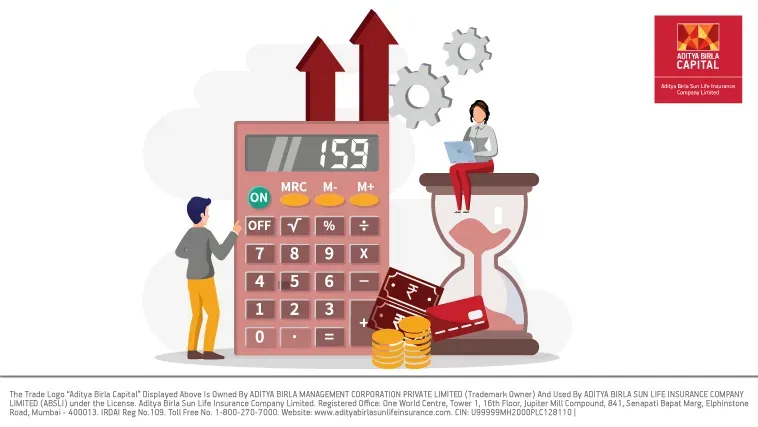What Is An Investment Return Calculator

Plan Smarter, Live Better!


- Table of Contents
Frequently Asked Questions on Investment Return Calculator
This can be done by subtracting the initial purchase price from the selling price. Then divide the amount obtained by the original purchase price. Finally, multiply it by 100 to get the per cent change in investment.
There are numerous types of investments that you can choose from this including: Stocks: It is also referred to as equity. It is a security that depicts the ownership of a fraction of the issuing firm. Bonds: These represent the loan made to the issuer. Governments and corporations use these commonly to borrow money. Mutual funds: Here the investors pool their money to earn high returns on their capital. Exchange-traded funds: Also known as ETFs are a collection of various securities such as bonds, share markets etc.
There are other investment options as well these include real estate, retirement funds etc. Each type has its advantages and disadvantages. Therefore one needs to consider their financial situation to find the right investment option for them!
If you plan to change your investment strategy the outcome of your initial calculation will change. Moreover, if you are planning to change your investment strategy then it is recommended to contemplate these changes and make use of an investment calculator to get an updated perspective of your investment.
There are two ways in which taxes can impact your investments these are:
-
Taxes may alter your investable payment: As it is evident that taxes always reduce our annual income. Therefore, the money that you can afford for investment also reduces typically. Further to make things work in your favors you can always plan to invest the money that you get back on your tax refund. Although the tax refund is not the extra money, it is the amount of money that you have overpaid.
-
Taxes can reduce the value of your investment: Long-term investment gains are typically taxed at a lower rate while the income from interest is generally taxed as ordinary income. Plus, this also depends on the state in which you are living. Also, as the tax regulation and rates depend on various factors the investment calculator can be used to check the impact of taxes on your investment.
With the usage of an investment calculator, one can watch their investment grow over the years. And this can be done by just entering the starting investment balance, additional contribution, period and rate of return. Once you are done furnishing all the details the investment calculator will indicate how much of your investment is predicted to grow in future.
The pie chart gives you the other stance to look at your investment growth. You can consider your starting balance, the growth in the balance over time, and tally contributions with your changing investment method.
The investment calculator works with all investment options. These include stocks, bonds, mutual funds, saving accounts and retirement funds.
As there are so many investment plans available it can be difficult to figure out the right one for you. It can help you to predict the returns that each investment option provides. The best among numerous options could be the one that goes with your risk appetite. Plus it should be the kind that you can afford and the one that generates higher returns.
As it is quite evident that different investments yield different returns. Generally, risky investments tend to offer amazing returns. Moreover, you can comprehend if the expected returns will be regular or not by looking at documented norms.
Investment can be made weekly, monthly or quarterly. But the concept of Lump-sum investing can be a great strategy to grow your money.
When an individual gets closer to retirement their investment portfolio becomes more liable to fluctuations in the market. Therefore the experts advise such investors to reduce their risk by investing in a combination of stocks, bonds etc. Also as mentioned above the greater the returns the higher will be the risk related to that plan. Moreover contacting a local financial advisor or broker for help in certain stocks or funds can be a good choice.
There are various investment options in India that you can choose to build your portfolio. But the most important thing is to have financial goals associated with your investment decisions. A diversified portfolio of long-term and short-term investments can be profitable.
Before starting your investment journey you should identify your goals; i.e.whether you prefer long-term or short-term investment alternatives. Then contemplate the level of risk that you can take with the amount you have.
Stocks are high-risk-return investment options. This means that you get higher returns for the calculated risks that you take while investing. It will move through its ups and downs because it is the fundamental characteristic of the stock market. But if you are a low-risk stock market investor then you can invest in the top stocks on the stock exchange. Nifty is considered to be a good index.
Get immediate income payout after 1 day of policy issuance^
ABSLI Nishchit Aayush Plan
Guaranteed# Income
Life Cover across policy term
Lumpsum Benefit at policy maturity.
Get:
₹33.74 lakhs~
Pay:
₹10K/month for 10 years
Most Popular Calculator
ADV/5/23-24/252







